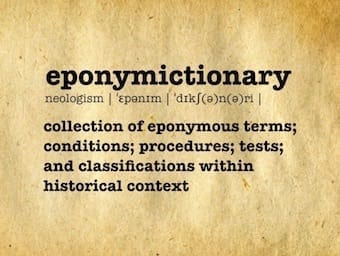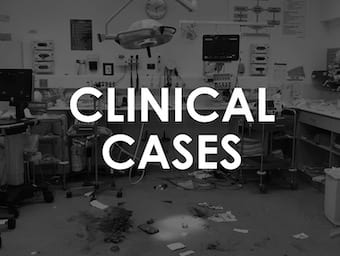
Basic Life Support
The most recent BLS 2015 guidelines (ILCOR 2015) retain many of the 2010 recommendations, again reinforcing the chain of survival. However, there is an increased emphasis on simplification of compression method, good quality bystander CPR and encouragement thereof, dispatcher guided…





